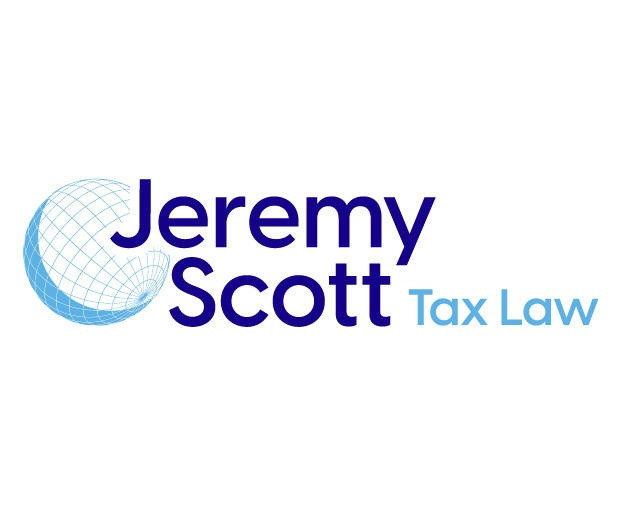From City Hall to the C-Suite
Jeremy followed an unconventional route into the realm of tax. After obtaining a business degree and a law degree from the University of New Brunswick, he began his career in municipal government. However, he soon discovered that his true interest lay in tax matters. This realization led him to a mid-sized accounting firm, where he immersed himself in indirect taxes-specifically, the intricacies of GST, HST, and provincial sales taxes.
"Most individuals tend to gravitate toward corporate or income tax," Jeremy remarks with a chuckle. "But I found myself captivated by sales and commodity taxes. We've always had a bit of an identity crisis-are we sales tax professionals? Commodity tax specialists? Indirect tax experts? I simply refer to it as sales tax."
This specialization proved to be advantageous. Jeremy's knowledge and skills earned him a leadership role at Sobeys, one of Canada's largest grocery chains, where he oversaw the indirect tax department and later the entire tax function for nearly ten years. During his tenure, he managed compliance, risk, and significant acquisitions-including the $6 billion acquisition of Canada Safeway-effectively balancing technical accuracy with business pragmatism.
The View from Both Sides of the Desk
After a decade working in-house, Jeremy transitioned back to consulting with a unique perspective-having experienced both the roles of advisor and client. He possesses a deep understanding of the technical aspects of tax, as well as the practical implications of tax policy within large organizations.
"It's one thing to draft a technically sound memo," he states. "It's quite another to ensure that policy is executed across accounting, operations, and logistics teams. Tax doesn't operate in isolation."
How Canada's Sales Tax System Really Works
What makes the sales tax system in Canada so distinctive?
To begin with, Canada has a dual national and provincial tax framework. The federal GST (Goods and Services Tax) is applicable nationwide at a rate of 5%. Certain provinces-such as Ontario and Nova Scotia-have harmonized their provincial sales tax with the GST, resulting in the HST, a single combined VAT (value-added tax) that can reach as high as 15%.
Conversely, other provinces, like Quebec, have their own tax systems. Quebec's QST closely resembles the GST but is administered separately. Meanwhile, British Columbia, Manitoba, and Saskatchewan each implement independent PSTs (Provincial Sales Taxes) that function similarly to U.S. state sales taxes.
"Every province has its own peculiarities," Jeremy observes. "When working across borders, particularly in provinces with their own PSTs, you have to relearn the rules each time."
The "Netflix Tax" and the Digital Shift
In recent years, Canada has introduced what is informally referred to as the "Netflix tax"-a streamlined registration process for non-resident digital service providers, including streaming platforms, e-commerce vendors, or SaaS companies that serve Canadian customers without a physical presence.
"We shifted from asking, 'Are you conducting business in Canada?' to 'Are you making digital sales to Canadian consumers?" Jeremy explains.
Even if a business does not have a physical location in Canada, if it generates approximately $30,000 in annual sales to Canadian consumers, it may be required to register and collect GST, HST, or the provincial equivalent.
The Import Puzzle: Tax at the Border
One of the most frequent surprises for companies operating in Canada is the GST applied to imports.
When goods enter the country, a 5% GST is collected by the Canada Border Services Agency (CBSA). Many businesses overlook this aspect, often unaware that it is a recoverable tax, meaning they can reclaim it later.
"I've encountered numerous clients who don't even realize they've paid GST at the border," Jeremy states. "It's hidden in their import documentation or broker fees. Yet, it's money they can often recover."
Structuring Smart - and Staying Out of Trouble
For non-resident businesses, becoming ensnared in Canada's tax system isn't always unavoidable. With appropriate transaction structuring, organizations can sometimes reduce their tax exposure.
"You can design your transactions to occur outside of Canada," he notes. "In such situations, the Canadian customer becomes the importer of record and is responsible for all taxes. However, this requires careful planning."
Why Compliance Starts with Communication
When asked about goods being delayed at the border, Jeremy chuckled-not because it was amusing, but because it is often preventable. The primary culprit? Poor paperwork.
Incorrect HS codes, incomplete declarations, or mismatched importer information are the main reasons for most border delays. "It's not always a tax issue," he explains. "Sometimes it's simply customs. But in any case, improved coordination among logistics, tax, and operations can avert many headaches."
Bringing It All Together
Successfully navigating Canada's intricate sales tax landscape is challenging-but it is not insurmountable. Businesses that invest time in understanding how GST, HST, and PST systems interact can discover efficiencies and mitigate unnecessary risks.
"Whether you're a local enterprise or an international entity, the essential factor is aligning your tax strategy with your business objectives," Jeremy asserts. "When you view tax from that perspective, it shifts from being merely a compliance issue to becoming a strategic advantage."
In conclusion, managing Canada's intricate sales tax system can be a daunting task for businesses. Nevertheless, with the appropriate knowledge and resources, companies can effectively handle their sales tax compliance and reduce the likelihood of tax audits. Tax lawyer Jeremy Scott's insights highlight the significance of comprehending sales tax regulations, maintaining precise records, and seeking professional assistance when necessary. By implementing these measures, businesses can ensure compliance and avoid the common pitfalls associated with sales tax responsibilities in Canada.
To learn more about aligning your tax strategies with business growth, visit https://jeremyscott.ca/



